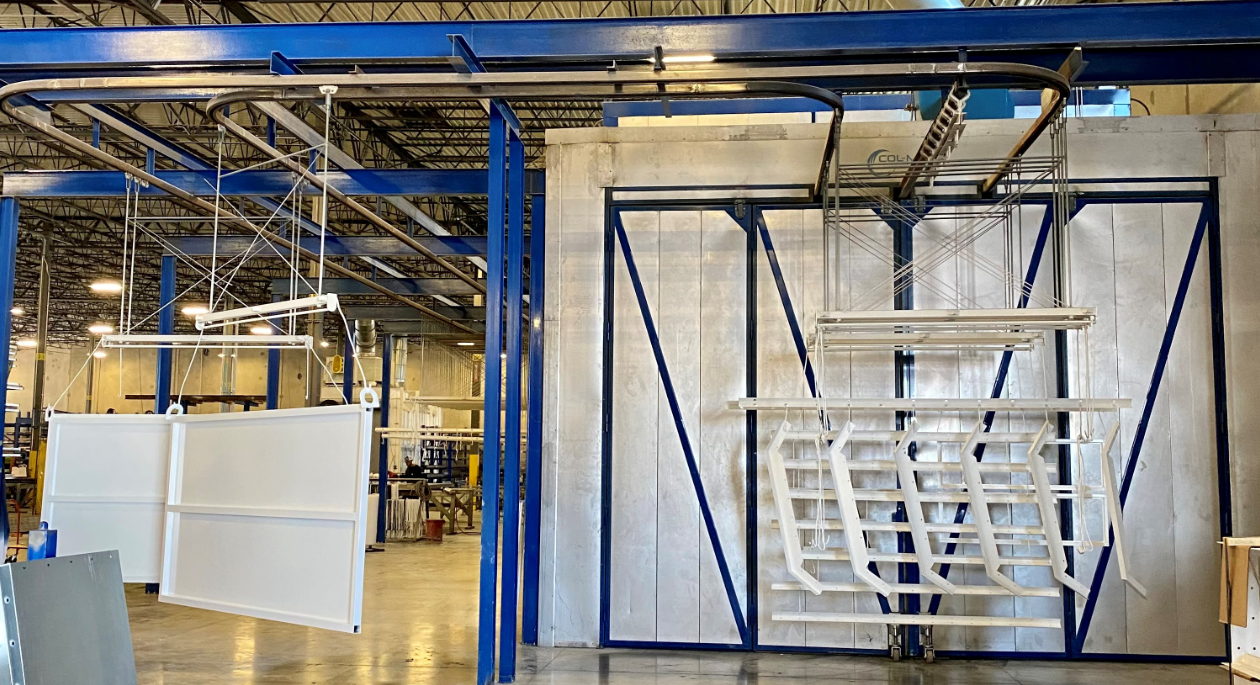
Proper Powder Cure Oven Installation

Trey Peavy, Director of Sales and Marketing for RTT Engineered Finishing Solutions, offers insights into considerations that must be taken into account when commissioning a powder cure oven.
#asktheexpert
Absolutely. As an oven manufacturer, we cannot suggest anything more critical. Even though the oven may have been factory tested, the conditions on-site may differ from the factory setting. The functionality and performance of the oven need to be adjusted for the field conditions to ensure the best performance for the oven, as well as best output for the customer.

Several different ductwork designs are used in powder curing ovens: sidewall, overhead, floor, or a combination of these. Each design has its airflow characteristics and performance used for certain types of part geometries and weights. They all have the requirement to be appropriately adjusted to distribute the airflow into the oven working environment evenly. Improperly adjusted ductwork will cause the oven temperature to vary from top to bottom and end to end. Even possibly cause the burner box to overheat, causing damage to fans and insulated panels.
Blowing powder from the part is also a common occurrence with improperly adjusted ductwork. The airflow velocity becomes too high in an area, and this will cause the cured powder thickness to be less than required. The floating powder will cure inside the recirculation duct or the recirculation fans, causing potential performance issues.
To properly adjust the ductwork system, a temperature and airflow recording device is required, which will display a readout while the oven is operating at curing temperatures. A technician uses the readout for adjustments to ensure the temperature and airflow are balanced. As a result, the part cures evenly during the process.
Most creditable oven manufacturers will test and tune the burner before leaving the plant, but this is not a guarantee that the burner will not require more tuning. Changes in altitude, gas pressure and even gas mixtures provided by the utility company will change the air to fuel ratios.
Aside from a yearly burner safety inspection and routine maintenance once appropriately commissioned, the oven should repeatedly operate with no additional adjustments required after the commissioning period.
This article originally appeared on Products Finishing Online. Click here to view the original.
RTT is the industry leader in batch and process ovens as a result of their commitment to exceptional quality and superior performance. With a range of ovens to choose from, each oven features innovative design and craftsmanship to meet a variety of consumer needs from small batch paint booth cure ovens to heavy equipment ovens and beyond. RTT is known for providing top quality solutions at highly competitive pricing.Click here to learn more about RTT Engineered Solutions full line of Batch and Cure Ovens.
